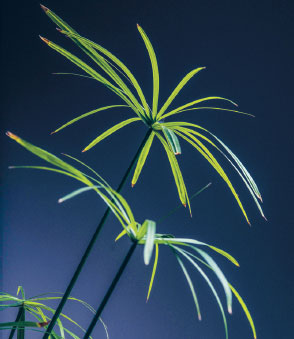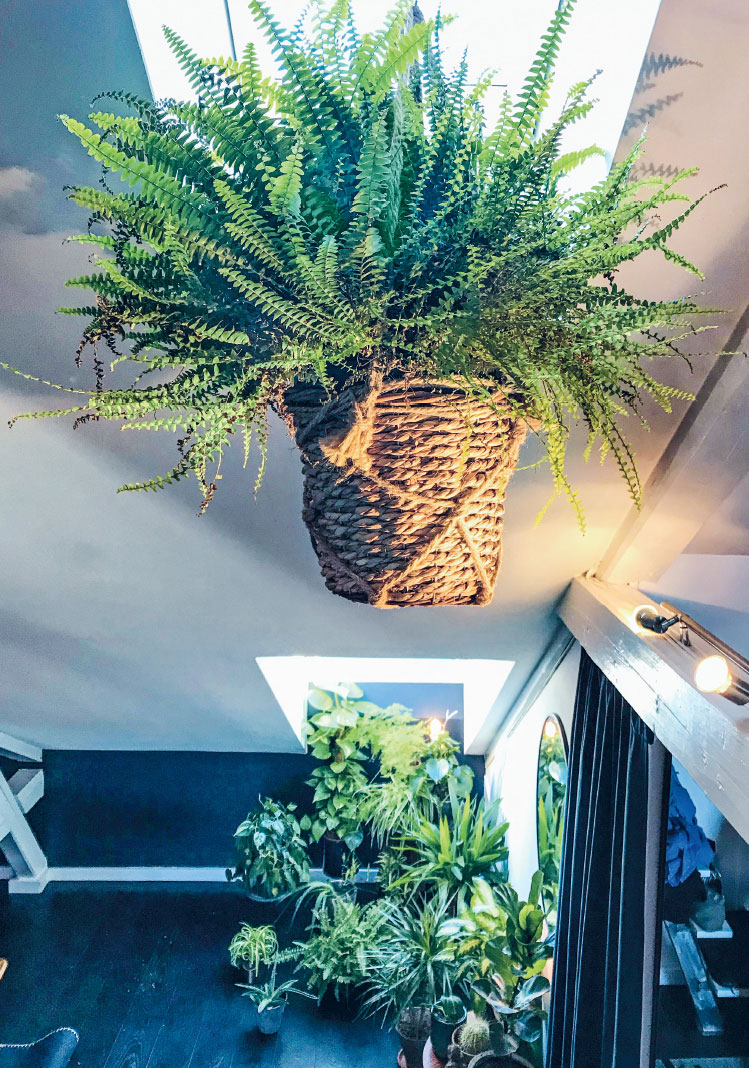
POTS MADE FROM BREATHABLE NATURAL MATERIALS
Most plants prefer to be in pots made from breathable natural materials, such as unglazed terracotta. Many plant pots are made from clay. Unglazed clay is porous, which allows air to pass through into the soil and to the plant’s roots, which is good for most plants. However, the downside is that moisture evaporates quickly from the soil. As a result, unglazed clay pots are particularly good for plants that don’t mind drying out, such as succulents and cacti.
What’s the white coating that you often get on clay pots? This is caused by mineral salts seeping through the pot. I think clay pots with different colours and shades are decorative – but then I like the rustic look.
PLASTIC POTS FOR PLANTS THAT LIKE WET COMPOST
If you have a plant that likes constantly damp compost, you can go for a plastic pot, because they’re better at retaining moisture. Both ferns and papyrus (Cyperus papyrus) grow well in damp conditions, so they’ll do well in plastic pots. Pots with glazing on the outside are also watertight, so they’re also good at retaining moisture.
CHOOSING A POT SIZE FOR YOUR PLANT
The smaller the pot, the quicker the soil will dry out; the bigger the pot, the longer the soil will stay damp. You should therefore choose the right pot for the size of your plant:
• A big pot with a small plant can result in over-watering – causing the roots to drown and rot.
• A big plant in a small pot can lead to drying out – the roots can’t get enough water and nutrients from the soil.

